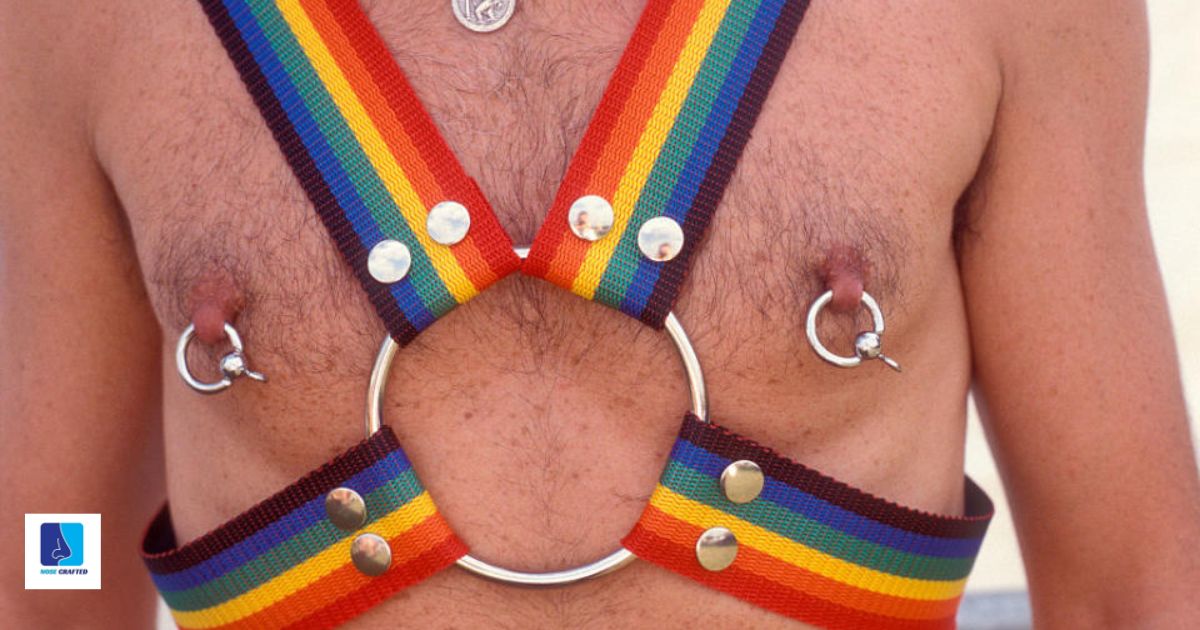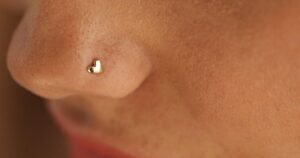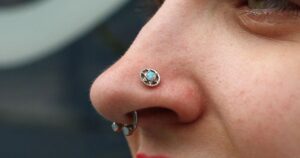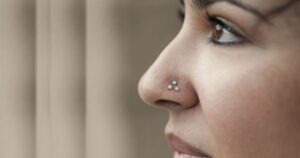Genital piercings involve the insertion of jewelry into various parts of the genitalia for aesthetic, cultural, or sexual reasons. They can include piercings in the clitoris, labia, penis, or scrotum. These piercings are often chosen for personal expression or to enhance sexual pleasure. Careful hygiene and professional piercing services are crucial for safety and healing.
Curious about male genital piercings? Wondering about the different types and common questions surrounding them? Dive into our comprehensive guide to male genital piercings, where we explore the various options and address your queries head-on. Get ready to discover the world of intimate body modification and find answers to all your burning questions.
Male genital piercings encompass a variety of adornments placed on the genitals. They can range from Prince Albert and frenum piercings to guiche and dydoe piercings. Common questions revolve around pain levels, healing times, and potential risks associated with these intimate piercings. Explore the types and answers to your queries about male genital piercings here.
What are Male Genital Piercings?
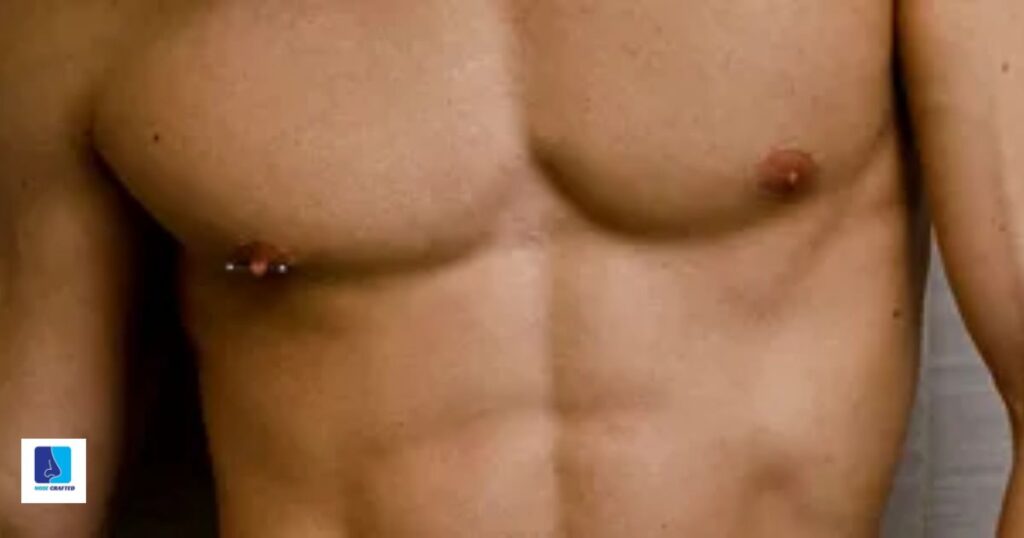
Male genital piercings involve the insertion of jewelry into various parts of the male genitalia. These piercings can include the Prince Albert, which passes through the urethra and out of the underside of the penis, or the frenum piercing, which goes through the frenulum. Each piercing type offers unique aesthetics and potential enhancement of sexual pleasure. While some opt for male genital piercings as a form of self-expression, others may choose them for cultural or sexual reasons.
The process of getting a male genital piercing typically involves careful consideration of placement, size, and jewelry type. Professional piercers use sterile techniques to minimize risks of infection and ensure optimal healing. However, individuals should be aware of potential complications such as pain, bleeding, and urinary issues. Before deciding on a male genital piercing, it’s essential to thoroughly research the different types and consult with a knowledgeable piercer to address any concerns.
What Types of Body Jewelry is there for Genital Piercings?
When it comes to genital piercings, the range of body jewelry available is diverse and tailored to individual preferences. For male genital piercings, options include captive bead rings, circular barbells, and curved barbells, each offering unique aesthetics and functionality. Female genital piercings may utilize curved barbells, captive bead rings, or even specialty jewelry like clit shields or VCH jewelry, designed specifically for clitoral hood piercings. Whether you’re seeking subtle elegance or bold statement pieces, there’s a wide array of body jewelry crafted to complement and adorn genital piercings, catering to various styles and tastes.
Selecting the right body jewelry for genital piercings involves considering factors like material, size, and design, ensuring both comfort and style. High-quality materials such as surgical steel, titanium, or niobium are often recommended for their durability and hypoallergenic properties. Additionally, choosing jewelry with smooth edges and appropriate sizing helps minimize discomfort and promotes healing. Whether you opt for a simple, understated look or prefer intricate, eye-catching designs, the world of body jewelry for genital piercings offers endless possibilities to express your individuality and enhance your piercing experience.
What Types of Body Jewelry is there for Genital Piercings?
When it comes to genital piercings, there’s a diverse array of body jewelry to choose from. For male genital piercings like the Prince Albert or frenum, curved barbells or captive bead rings are popular choices. Female genital piercings such as the clitoral hood or inner labia often utilize curved barbells, captive bead rings, or circular barbells. These jewelry options come in various materials like surgical steel, titanium, or even gold, allowing for personal style preferences and comfort. It’s essential to select jewelry that fits well and is made from high-quality materials to ensure both comfort and safety.
When considering body jewelry for genital piercings, it’s crucial to prioritize hygiene and proper fit. Always opt for jewelry made from hypoallergenic materials to reduce the risk of irritation or infection. Additionally, choosing the right size and shape of jewelry is essential for comfort and healing. Consulting with a professional piercer can provide guidance on selecting the best body jewelry for your genital piercing, ensuring a safe and enjoyable experience.
Penis Head Piercing Jewelry
Penis head piercing jewelry, also known as Prince Albert piercings, are a form of male genital piercing that involves inserting jewelry through the urethra and out of the underside of the glans. This type of piercing can be adorned with various types of jewelry, including captive bead rings, curved barbells, or circular barbells. Careful aftercare and hygiene are essential for healing and maintaining the piercing’s health. Explore the world of penis head piercing jewelry for a unique and intimate form of body modification.
Penis Shaft Piercing Jewelry
Penis shaft piercing jewelry refers to adornments specifically designed for piercings along the length of the penis. These piercings, such as the Prince Albert or frenum piercings, offer unique aesthetic and sensory experiences. Common jewelry options include captive bead rings, barbells, and circular barbells, which come in various sizes and materials like surgical steel or titanium. Careful consideration of size, style, and material is essential for comfort, healing, and overall satisfaction with the piercing.
Pubic Piercing Jewelry
Pubic piercing jewelry adds a unique touch to intimate body modifications. These adornments, placed around the pubic area, come in various styles and materials, including barbells, rings, and captive bead rings. They provide individuals with a means of self-expression and can enhance their sense of confidence and sexuality. Whether for personal aesthetics or intimate exploration, pubic piercing jewelry offers a discreet yet captivating form of self-expression.
Scrotal Piercing Jewelry
Scrotal piercing jewelry adds a unique touch to body adornment, typically consisting of rings or barbells inserted through the skin of the scrotum. These piercings are chosen for aesthetic enhancement or to explore sensual experiences. Careful consideration of size, material, and placement is essential for comfort and safety. With proper aftercare, scrotal piercing jewelry can be a distinctive expression of personal style and individuality.
Do Male Genital Piercings Hurt?
Male genital piercings can vary in pain levels depending on the individual’s pain tolerance and the specific piercing location. Generally, piercings in more sensitive areas such as the frenum or glans may cause more discomfort during the piercing process. However, the pain is typically brief and manageable for most individuals. Many people report feeling more sensation during the healing period rather than during the actual piercing procedure.
It’s essential to remember that pain perception is subjective, and what one person experiences may differ from another. Proper preparation, choosing a skilled piercer, and following aftercare instructions diligently can help minimize discomfort and ensure a smoother healing process.
Do genital piercings increase sensitivity?
Many individuals report heightened sensitivity and enhanced sexual pleasure after getting genital piercings, like those in the clitoris or penis, which can stimulate nerve endings and increase sensation during sexual activity. However, individual experiences vary, and not everyone may experience a significant increase in sensitivity. Factors such as placement, jewelry type, and personal anatomy can influence the effects of genital piercings on sensitivity. If you’re considering or have recently received a genital piercing, it’s crucial to prioritize proper healing and aftercare. Refer to our comprehensive Healing And Aftercare Guide for invaluable tips and insights to ensure a smooth and healthy recovery process.
It’s essential to approach genital piercings with caution and awareness of potential risks, including infection or discomfort. Consulting with a professional piercer and practicing proper aftercare can help minimize these risks while potentially maximizing the benefits of increased sensitivity.
Do all piercers handle genital piercings?
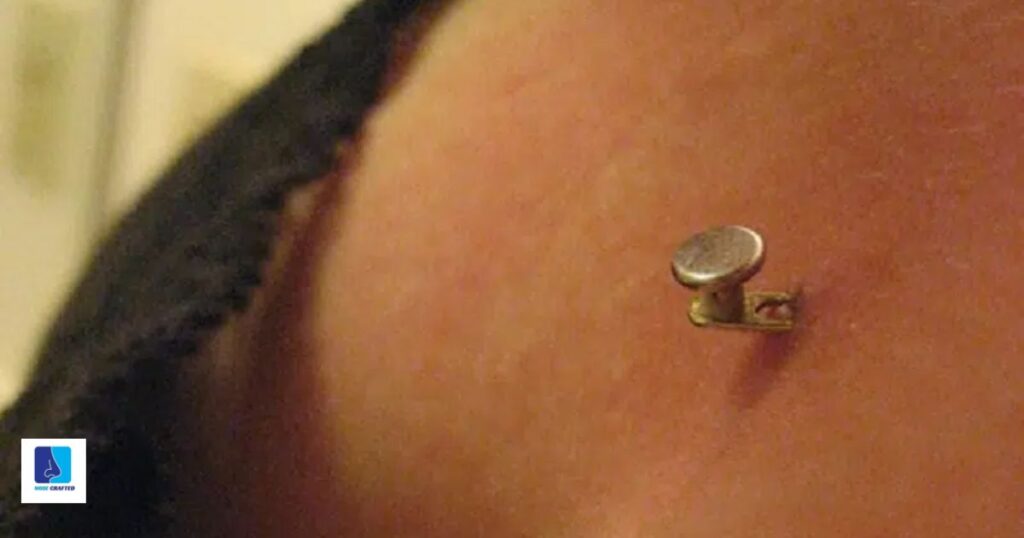
Not all piercers are experienced or comfortable performing genital piercings. Genital piercings require specialized knowledge, skill, and sensitivity due to the intimate nature of the procedure. It’s crucial to seek out a piercer who has specific training and expertise in genital piercings to ensure safety, proper placement, and optimal healing.
Before scheduling a genital piercing, it’s essential to research piercers in your area and inquire about their experience with genital piercings. Ask for references or look for reviews from previous clients to gauge their proficiency and professionalism. Remember, entrusting your genital piercing to a skilled and knowledgeable piercer is key to a successful and satisfying experience.
How to properly heal Genital Piercings
Properly healing genital piercings is crucial for ensuring comfort and reducing the risk of complications. Firstly, maintain meticulous hygiene by gently cleaning the piercing with saline solution or a mild soap twice a day. Avoid using harsh chemicals or rotating the jewelry, as this can irritate the piercing. Secondly, wear loose-fitting, breathable clothing to promote airflow and minimize friction. Additionally, abstain from sexual activity during the initial healing period to prevent infection and discomfort.
Furthermore, prioritize your overall health by staying hydrated, eating nutritious foods, and getting adequate rest, as this supports the body’s healing process. If you experience excessive pain, swelling, or discharge, consult a professional piercer or healthcare provider promptly. By following these guidelines and giving your body the care it needs, you can ensure a smooth healing process for your genital piercing.
Need More Help, Come See us Today!
Need more assistance? Don’t hesitate to visit us today! Our friendly team is here to address all your concerns and provide expert guidance. Whether you’re seeking advice, information, or support, we’re dedicated to helping you find the solutions you need. Come see us today and let us assist you every step of the way!
Conclusion
In conclusion, male genital piercings offer a diverse array of options for those interested in intimate body modification. From the classic Prince Albert to the more adventurous guiche piercing, there’s something for everyone. Despite the curiosity and potential concerns surrounding these piercings, seeking professional guidance and maintaining proper aftercare can ensure a safe and satisfying experience.
Whether for aesthetic, cultural, or personal reasons, male genital piercings continue to be a unique form of self-expression and exploration. So, if you’re considering taking the plunge, remember to do your research, consult with experienced piercers, and prioritize your health and well-being above all else.
